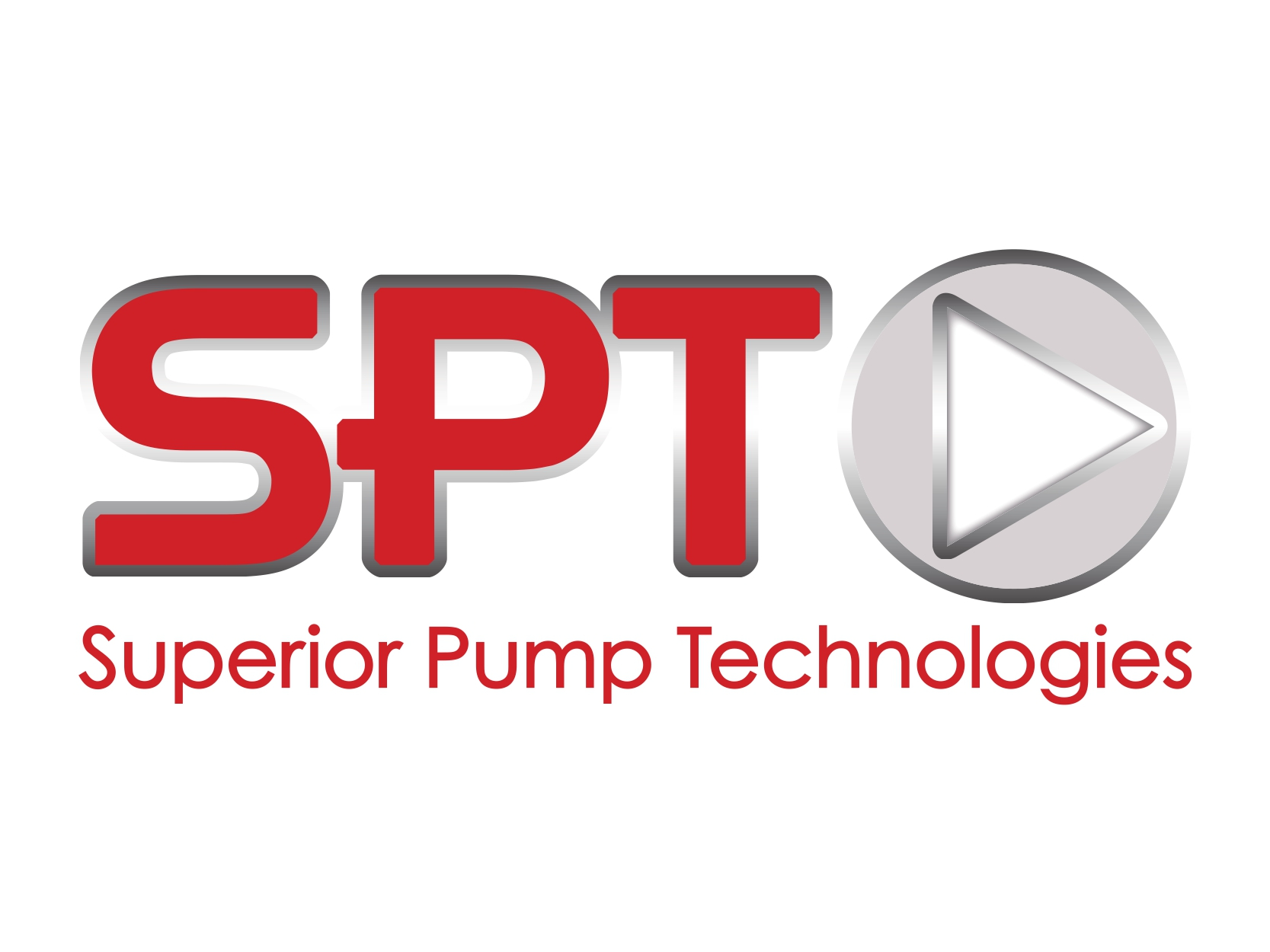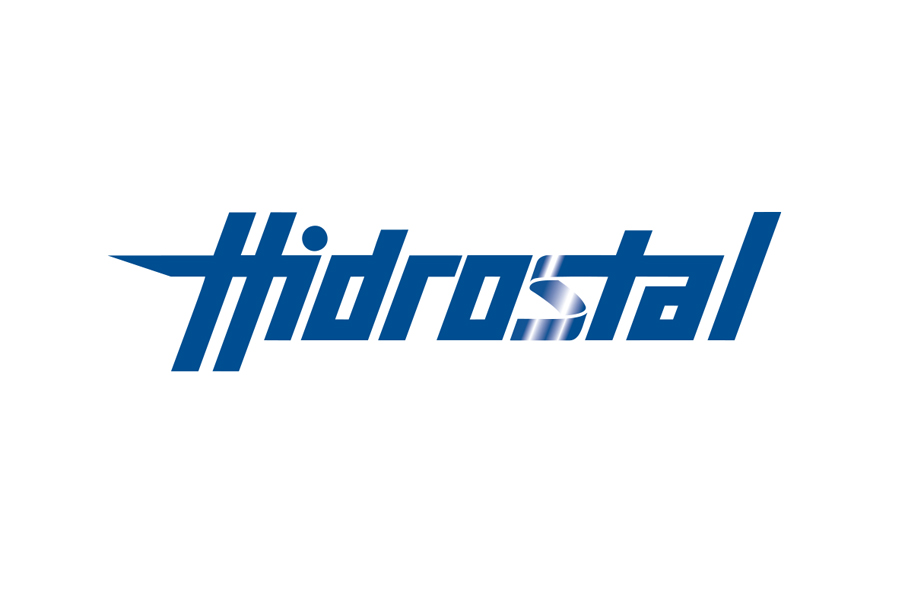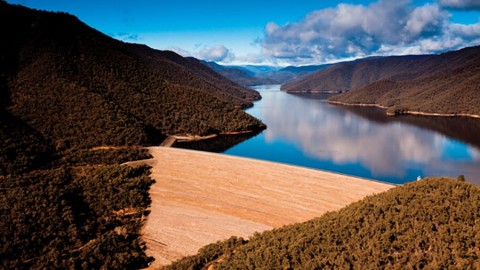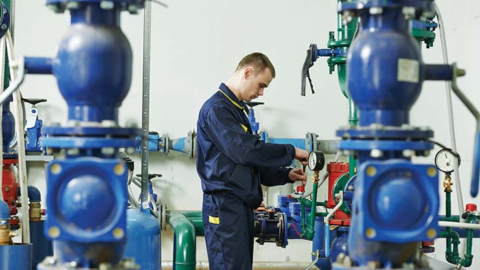In this ongoing interview series, we talk in-depth with the end users of pumps across a range of industries and applications. This edition we interview Bruce Maunder, Sydney Water Senior Specialist in Pumping Systems, to get an inside view of Sydney Water.
Click for more information about Bruce Maunder’s background.
Procurement process
Tell us about your process
During the last thirty or more years Sydney Water has been gradually devolving itself of what has been seen as non-core activities. As a consequence, the direct procurement of pumping equipment has increasingly been rolled up into large design and construct contracts or alliances and not procured by Sydney Water directly. These contractors are generally required to meet Sydney Water established technical specifications with review by Sydney Water of equipment at various hold points.
We have had long term submersible pump contracts in place for at least 20 years as these cover the majority of the pumps used. Developers and our maintenance contractors can now procure these new and replacement pumps under new contracts.
Where conventional pumps are required they can be purchased as either bare shaft for replacement applications or a complete pump unit with driver and baseplate on a one off basis.
Do you supply a duty point or a system curve to vendors?
For applications where there is a single known duty point, then this is usually only supplied, however, for more complex and variable operating conditions the complete range of system curves and conditions are supplied. All designers are encouraged to obtain pump vendors approval on the application and installation design.
Who is responsible for drawing up the equipment specification?
Sydney Water has its own Civil, Mechanical and Electrical standard technical specifications, however it is the responsibility of the project design engineer to ensure that the equipment supplied is fit for purpose and meets life expectancy and reliability KPIs. Technical data sheets with our requirement and provision for the suppliers offer is included with the enquiry.
What enquiry system does Sydney Water adopt for pumping equipment?
Sydney Water has procurement guidelines that have to be met which detail the type of enquiry based on the total value of the equipment. For equipment up to $50,000 a single written quote is required, from $50 to 500,000 three written quotes and above $500,000 open advertising is required. Within Sydney Water there is a delegation manual which clearly identifies what authorisation each person has for committing funds.
When proposals are received, what is the normal review procedure?
The designer reviews all the offers and makes recommendations for new facilities and for renewal where there is no identical replacement. They are then usually referred to either my team or Specialist Engineering team for review to ensure that all options have been considered and is the most appropriate product.
Testing
For the larger engineered equipment H/Q, power, NPSHr, hydrostatic, noise and vibration works tests are required. For the smaller conventional and submersible pumps the works tests are usually limited to H/Q and power measurements as the products have had to pass type and production tests which cover most of the other aspects which will be checked during commissioning in any case.
Do you insist on a works performance test for the equipment purchased?
The vendors shall guarantee and substantiate that the performance of the centrifugal pumping units shall be in accordance with the pump curves submitted within the tolerances specified in AS2417.
Grade 1 tolerances shall apply for the pumps fitted with motors 45kW or larger and Grade 2 tolerances for all smaller units. For smaller non critical pumps the cost of testing can outweigh the risk of non-compliance, and the testing would not be required.
Is it your policy to witness a works test?
In accordance with our requirements for quality systems to ISO 9000, pump tests are not necessarily witnessed. Witness by Sydney Water and/or contractor representative of work performance test is required where there is large pump unit package which includes VSD to verify, not so much for the hydraulic performance, but to verify compatibility of all components and that there are no abnormal operational aspects.
We sometimes witness smaller pump tests when they are within the Sydney area to enable some of our staff to become familiar with testing equipment and procedures.
Is it your policy to require a site performance test?
Sydney Water staff conducts site performance tests, not only to verify that the pumps have been installed correctly, but to confirm that the duty point and system characteristics are as per design. It is difficult to find suitable suppliers who know our hydraulic system and can perform reliable analysis and results.
At the same time we conduct the performance test we measure water hammer and adjust ramping rates for soft starters and VSD to compensate. Additionally, “storage tests” for sewage system are conducted utilising the measured pump capacity to calculate the volume between the normal operating and overflow levels.
Is the site test result reviewed and corrective action taken? Why?
Factory pump performance tests are usually conducted with a 50 Hz mains supply and the site testing confirms that our expectations have been met with respect to the complete unit overall power and efficiency (pump/motor/drive), as it is extremely difficult to obtain performance guarantees for motors with VSD at low speed and low power conditions from the suppliers.
The site results are compared with the factory to identify any discrepancy. In most situations they align very closely except where some blockages have occurred. In a couple of instances the work tests were conducted under different suction condition to those on site which resulted in decreased performance at high flows due to cavitation. In other installations we have had to make changes to the pump to compensate for system deviations.
- Conversion from conventional Splitcase to dry mounted submersible pumps at SP0112.
- Natural gas power emergency pump at SP0498.
- One of four new dry mounted submersible pumps at SP0414.
- Progressive cavity pumps at SP1167.
- One of two new pump clear water pumps at Sydney Water Desalination plant.
- Refurbished pumps with new motors at WP0001.
- One of about 25 packaged booster pumps for low pressure area in distribution system.
- Units 5 and 6 Raw Sewage pumps at North Head STP.
- TEPS pump station at St Marys STP with 4 Archimedian screw pumps – one enclosed screw (below) the other three are open screw type.
Pump selection
What are the most important factors in pump selection?
In broad terms our key drivers are to obtain highly reliable and serviceable equipment. We can achieve this by being very specific about technical requirements or by having performance based specification. The latter approach can’t be assessed until some considerable time has elapsed. The first approach is preferred as we already have considerable experience on pumping facilities.
It is important to ensure we obtain a full understanding of all the operational and reliability requirements in conjunction with the physical and environmental conditions before considering any possible selections, as this may narrow the possibilities and ensure we get it right up front, reducing the overall cost and time on selection.
For larger equipment in particular you can’t afford to ignore any of the mechanical, hydraulic or electrical aspects when getting down to the nitty gritty of selection “as the devil is in the detail”.
In addition to usual head and flow conditions other criteria to be considered are:
- Minimum and maximum flow as {87a03eb4327cd2ba79570dbcca4066c6d479b8f7279bafdb318e7183d82771cf} of Best Efficiency Point BEP to prevent recirculation
- Minimum speeds to ensure adequate air flow for cooling and lubrication films for bearings
- Sufficient NPSHa margin above NPSHr (3{87a03eb4327cd2ba79570dbcca4066c6d479b8f7279bafdb318e7183d82771cf} head drop – derived from testing) to ensure minimal impact as cavitation will commence at NPSHi, which will be higher than NPSHr.
- Set realistic noise and vibration limits which are related to the size, installation configuration and service conditions.
One of the most common misconceptions by operators is that variable speed centrifugal pumps can operate from near zero to full flow without impacting on the reliability. There is a maximum flow turndown ratio that can be achieved based on the individual pump design.
How important is energy efficiency and how does it factor into decisions?
Sydney Water has an energy management unit and is extremely focussed on reduction in both energy usage and more importantly power cost.
It is Sydney Water policy to always use high efficiency motors and operate pumps to obtain minimum specific energy (kWhrs/kl) through detailed analysis and system monitoring.
In conjunction with purchase price the power costs are also factored into the evaluation formula used where competitive offers are received.
How important are the maintenance and repair schedule and costs in project planning?
When developing our business renewal plans and options for creation of new facilities an economic model is prepared which considers and compare the total life cycle costs over a 20 year period.
To my knowledge Capitalised cost calculation are not used.
Our design standard requires pumps to have a minimum life of 25 years but generally we achieve significantly longer life for larger conventional pumps, typically 40 years plus. Other component design life is:
- Civil structures – 100 years
- Valves – 30 years
- Pipework – 50 years
- Motor and power system – 25 years
- Instrumentation and controls – 15 years
So within the total life of a facility the pump, moor, starters and controls may be replaced 2 or 3 times.
In most installations the total operating and maintenance cost will be significantly greater than the purchase costs and therefore have a significant impact on the evaluation.
Can you explain a bit about your on-site servicing and routine maintenance?
Up to now the facility maintenance was split approx. 50/50 between our own internal resources and external service provider. Staring from 1 July 2013 all of the maintenance will be carried out by a single contractor.
We have been reviewing our maintenance plans using Preventative Maintenance Optimisation (PMO) process which utilises both the considerable history of maintenance management systems and experience of engineering and field personnel.
Depending on the type of equipment and level of criticality the maintenance can be “do nothing” (run to fail), periodic which is predominately time based, whereas on other high cost critical assets the maintenance plans are based on condition using parameters such as performance ie pressure and flow etc or symptom indicators such as vibration and temperature etc.
How do you monitor plant performance and correct performance deterioration?
For pumps of 600 kW or larger we usually have permanent online vibration and temperature protection system installed.
Level 2 condition monitoring (hand held) readings are taken (usually monthly) by a specialist contractor on less critical equipment and downloaded into a separate analysis software system. Reports are generated identifying any issues with recommendation for maintenance.
Equipment performance is usually monitored using either IICATS for network assets or SCADA at treatment facilities. Alarms can be setup around normal conditions or report generated to trend data over time with either of these methods used to trigger further analysis or a maintenance request.
Relationships with the pump industry
As we have devolved a majority of our non-operational aspect of the organisation to contractors we have needed to develop newer standards and specification which clearly identify our requirements. This process is ongoing. These documents become the starting point for defining the outcomes for new assets and equipment. We have established procedural and documents requirements with defined hold points for review. There are kick-off, CHAIR, HAZOP,CHAZOP and regular progress meetings with developers, project managers, designers, constructor and in some cases the suppliers. The discussion between supplier and designers usually takes place during the planning and detailed design phases.
Do you maintain a regular liaison with pump suppliers to update technology?
The Australian pump suppliers are usually keen to keep us up to date with their latest developments and will arrange a presentation specifically for Sydney Water or invite us to trade launches. In other situations where we become aware of new developments and products we will invite them to do a presentation to our operation, engineering and maintenance personnel.
How important is “made in Australia”?
Unfortunately, as has been the trend for some years, there are only a couple of pump vendors who can supply a limited range of competitive, locally manufactured centrifugal pumps. As a consequence we have been relying on local branches of the large multinational pump manufacturers to provide most of our requirements as there are no defendable preference for local manufacturers within our procurement policy.
Are you satisfied with the level of service provided by Australian companies?
There are several independent servicing workshops we rely on for repair of conventional pumps as well as the multinational suppliers servicing capabilities for those and the other current pump ranges. A majority of these companies provide a very good level of service.
What would you like to see improve?
To develop fixed price agreement for repair for standard pumps which includes long term spare parts pricing to obtain consistency and help reduce our administrative costs.
How important is ready availability of spare parts?
With the introduction of customer supply guarantees and licence agreements with the EPA has meant that we had to provide increased contingency plans for significant equipment failure and reduced our response time to minimise the impact to both the customers and environment. In addition to having an installed standby pump unit and to help minimise these impacts, we have a store or of around 100 submersible pumps to act as a rotatable unit. For the larger split case pumps we generally have a complete rotating element. Therefore the need to obtain spare parts readily was somewhat reduced. However, we still see a need to be able to source spare occasionally for emergency breakdown and to enable planned pump overhauls for equipment where spares are for current models. For pumps which are no longer in production we rely on a pool of external engineering support workshops to manufacture most parts. Where new casings or impellers (repair cost greater than 70{87a03eb4327cd2ba79570dbcca4066c6d479b8f7279bafdb318e7183d82771cf} of new pump price) are required, then it’s time to replace the whole pump.
What are the most important issues in pumps today?
From a consumer perspective we need to ensure that there is viable competition across the product spectrum by supporting at least two vendors in each product type. Where there is a unique product we should consider forming an alliance with them where we possibly work closely in product development and have an open book pricing agreement.
It is essential that the vendor provide a reasonable level of technical capability locally to support the Australian market.
Where do you see the pump industry going in the future?
As has been the trend, the takeover by the larger multinational companies of all the smaller manufacturers will continue where nearly all the engineering and manufacturing is outside Australia except for a few smaller low volume products.
Within these larger companies comes a range of other products so they are able to offer packages which include motor starters and control system etc as well as complete packaged pump stations for water supply and sewage systems.
Click for more information about Bruce Maunder’s background.




























